I keep finding myself torn between two incredible versions of Neuschwanstein Castle: one wrapped in bright summer green, the other blanketed in peaceful winter snow. Each season transforms the castle and the forests around it into something totally new.
If you’re after those classic fairy-tale views with lush scenery, summer’s probably your best bet. But if you want peaceful moments and snowy magic, winter feels like stepping into a real-life snow globe.
Standing on the grounds, I noticed how different the castle feels depending on the season. Summer brings long days, lively crowds, and open trails.
In winter, you get calm paths and snowy rooftops, though ice or weather sometimes closes off certain spots. Picking between green hills and snowy forests isn’t easy, so I’ll share what I learned to help you choose the right time for your trip.
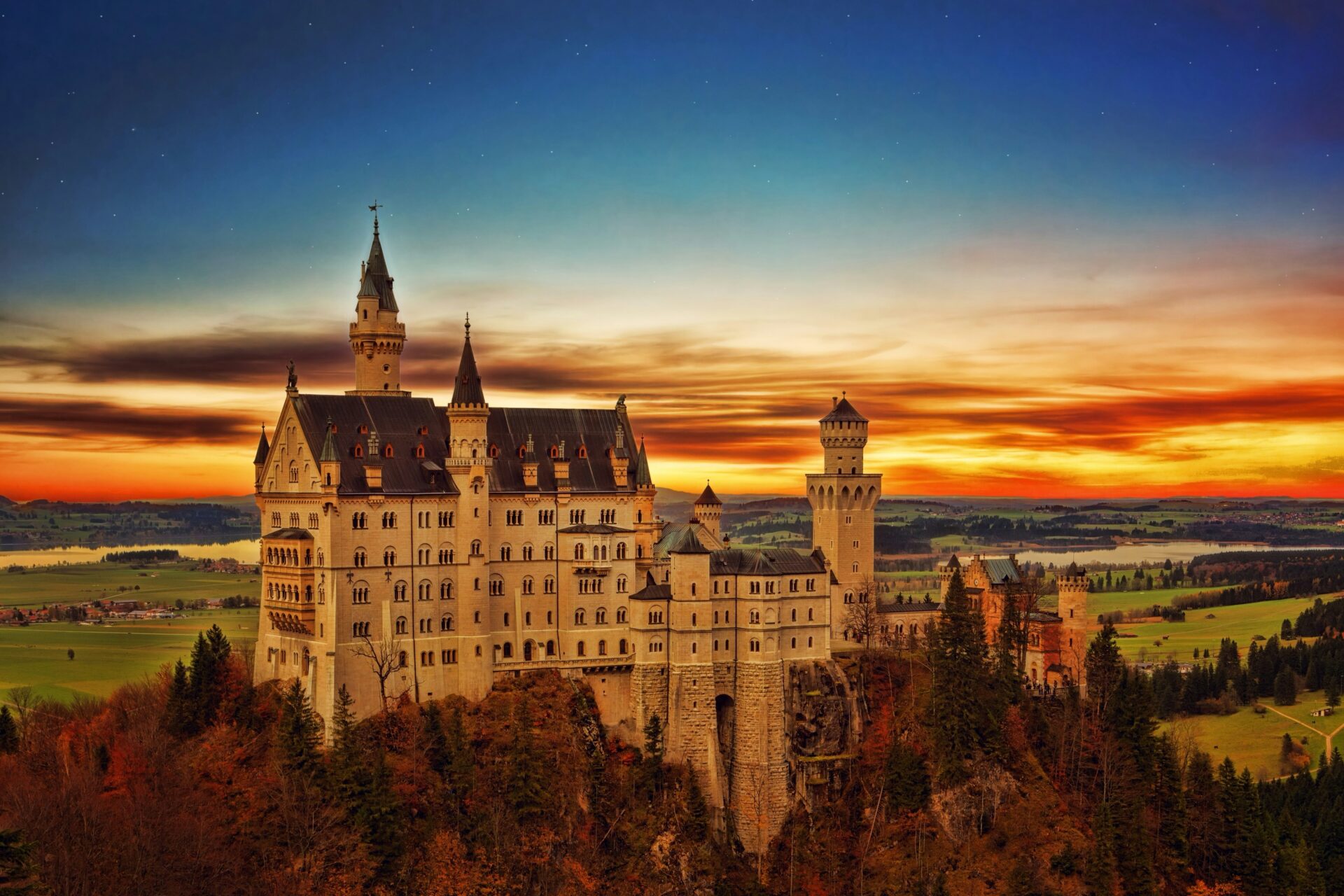
The Enchantment of Neuschwanstein Castle: A Year-Round Icon
Neuschwanstein Castle stands out as one of Germany’s most recognizable landmarks. Whether the snowy peaks surround it or summer’s alpine greens frame it, the castle’s spirit feels shaped by the stories and landscapes all around.
Fairy Tale History and Royal Legacy
King Ludwig II built Neuschwanstein Castle in the late 1800s. He wanted a place inspired by legends, music, and his love for Richard Wagner’s operas.
People often call it the “fairy tale castle,” and honestly, it really does look like something straight out of a storybook.
Every room inside Schloss Neuschwanstein feels grand but somehow personal at the same time. Guided tours share how Ludwig—sometimes called the “Mad King“—rarely got to enjoy his creation.
He spent his last years lost in dreams. When I walk those halls, I can’t help but feel the bittersweet magic behind all that beauty.
The castle inspired Walt Disney’s Cinderella Castle, which just adds to its legendary status. Seeing the real thing, it’s hard to say where fantasy ends and reality begins.
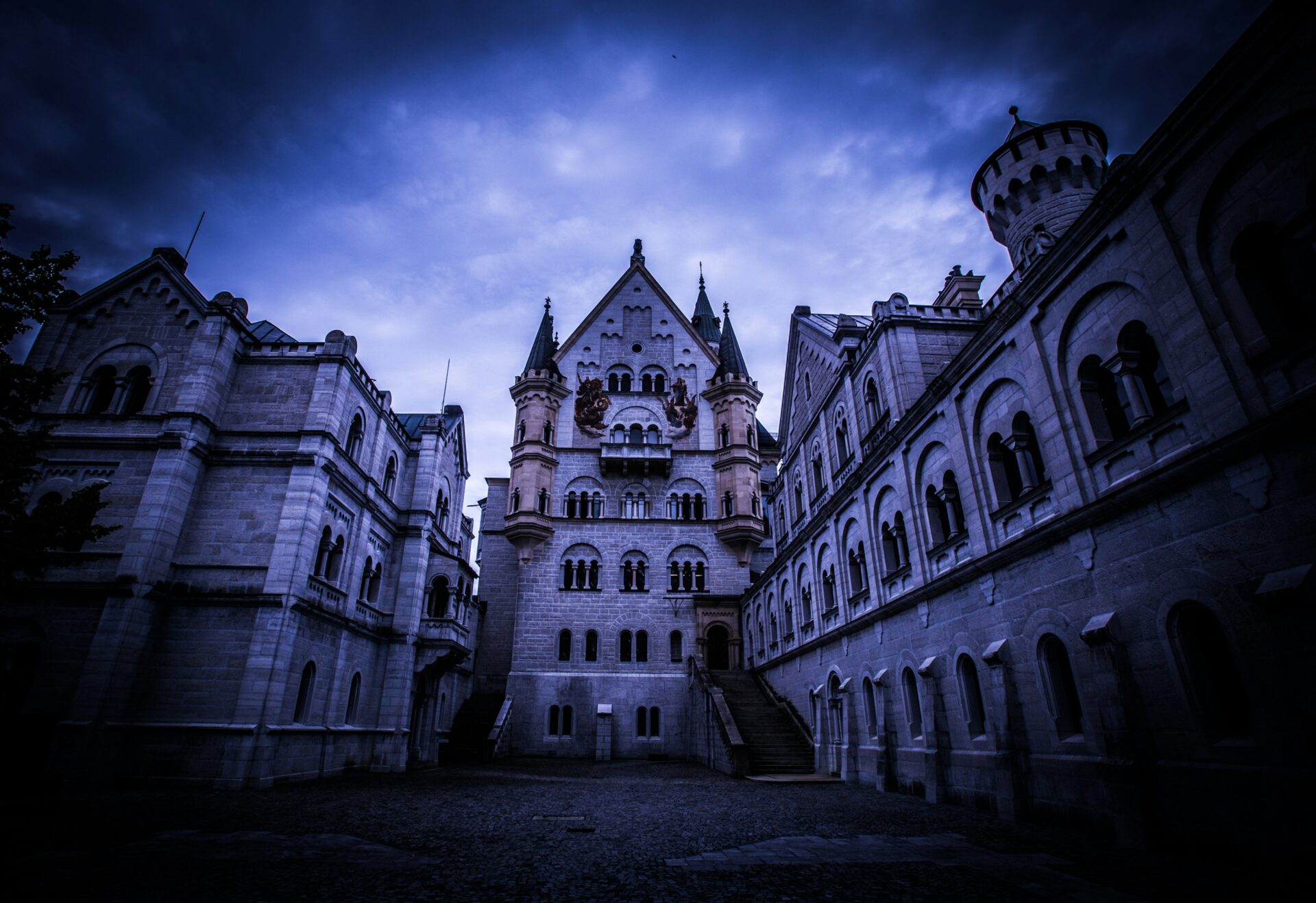
Bavarian Alps Setting and Surrounding Villages
Neuschwanstein sits high on a rugged hill above Schwangau village. The Bavarian Alps create a dramatic backdrop, no matter the season.
In winter, snow covers the peaks and trees, turning the area into a postcard. Summer brings out rolling green meadows and wildflowers.
I usually start my trip in Füssen, a charming town about two hours from Munich by train. Small villages like Hohenschwangau dot the foothills.
I love exploring these places—they’ve got cozy cafés, local shops, and views of both Neuschwanstein and Hohenschwangau Castle.
Walking up the trail, I always run into hikers, families, and sometimes musicians playing near the paths. Here’s a quick breakdown of distances for planning:
| Starting Point | Distance to Neuschwanstein |
|---|---|
| Füssen | ~4 km |
| Schwangau | ~2 km |
| Hohenschwangau | ~1.5 km |
No matter the weather, the area around Neuschwanstein makes every visit memorable. There are always new ways to experience the magic of Bavaria.
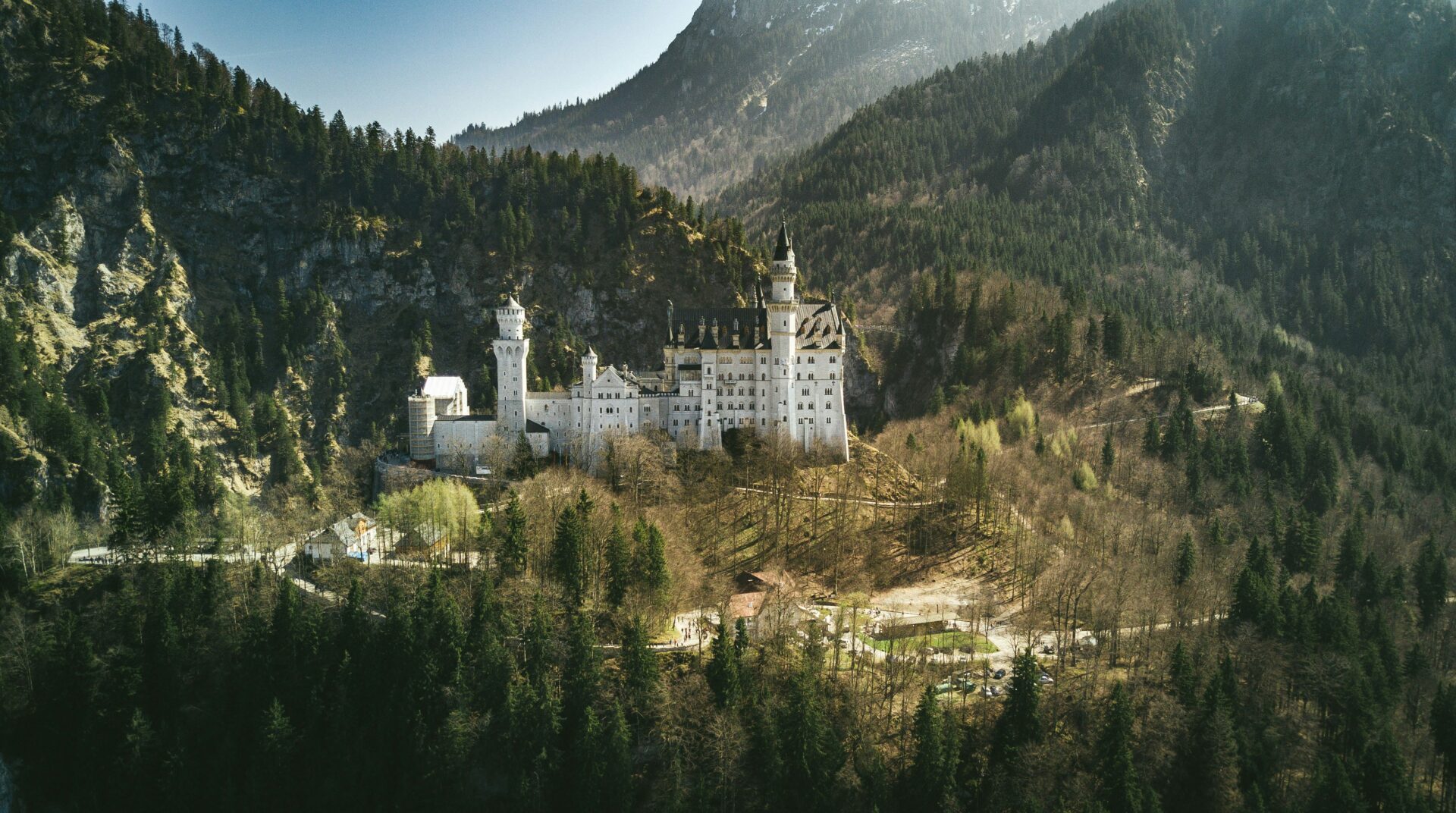
Summer Green: Exploring Neuschwanstein in the Warm Season
Bright summer days at Neuschwanstein bring vibrant greens, cool lakes, and endless chances for outdoor fun. Warm weather and blue skies turn the area into a playground for adventure, sightseeing, and photography.
Lush Alpine Scenery and Outdoor Adventures
When I arrived one summer, it felt like stepping into a painting—lush forests, rolling green hills, and the area around Neuschwanstein bursting with color, especially by Alpsee.
The water sparkles in the sun, and you’ll see locals picnicking or dipping their toes in.
Outdoor activities are everywhere. I rented a bike and circled the lake, then tried a boat for a different view of both Neuschwanstein and Hohenschwangau Castle.
Paddleboarding on Alpsee is a thing here. If you’re after more adventure, Tegelberg Mountain offers paragliding and a cable car up to the summit.
Here’s what I loved doing in summer:
- Biking around Alpsee
- Boating and swimming in the lakes
- Picnics with mountain views
- Paragliding from Tegelberg Mountain
The natural beauty in summer feels almost endless. There’s always something new to try.
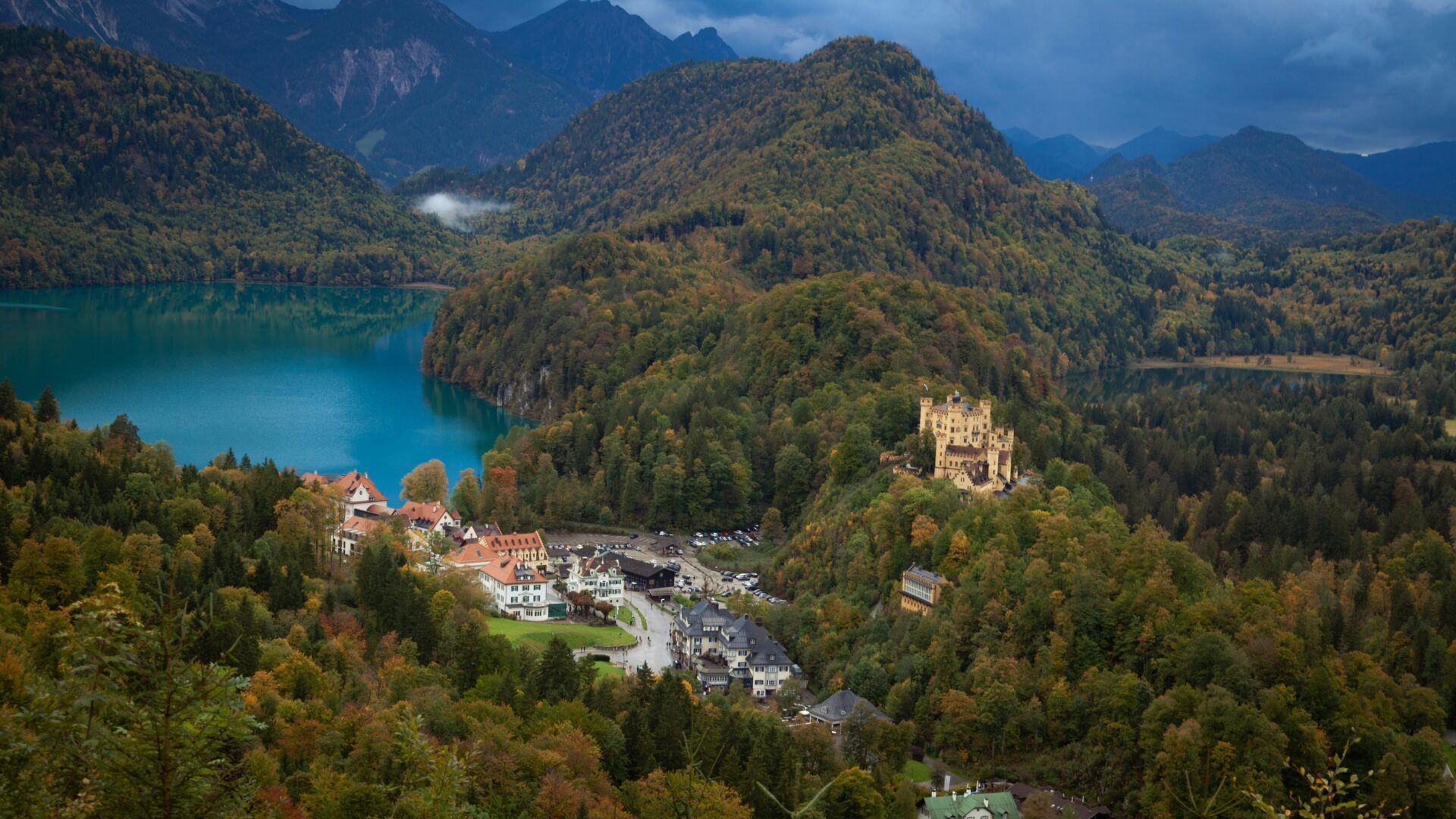
Hiking Trails, Panoramic Views, and Photography
Summer is perfect for hiking around Neuschwanstein. I followed forest paths up to Marienbrücke (Mary’s Bridge), which gives you that famous castle view with the Bavarian Alps in the background.
Some trails wander into Pöllat Gorge, a dramatic spot where the river rushes through steep cliffs. The sound of waterfalls and the cool mist made for a refreshing break from the heat.
If you hike towards Tegelberg Mountain, you’ll get sweeping views across green valleys and shimmering lakes.
Favorite photo spots:
| Location | Why It’s Great |
|---|---|
| Marienbrücke | Classic castle shot |
| Tegelberg summit | Panoramic vistas |
| Alpsee shoreline | Lake-castle reflections |
Long daylight hours and soft sunsets made it tough to put my camera away. Every turn promises another postcard-worthy view.
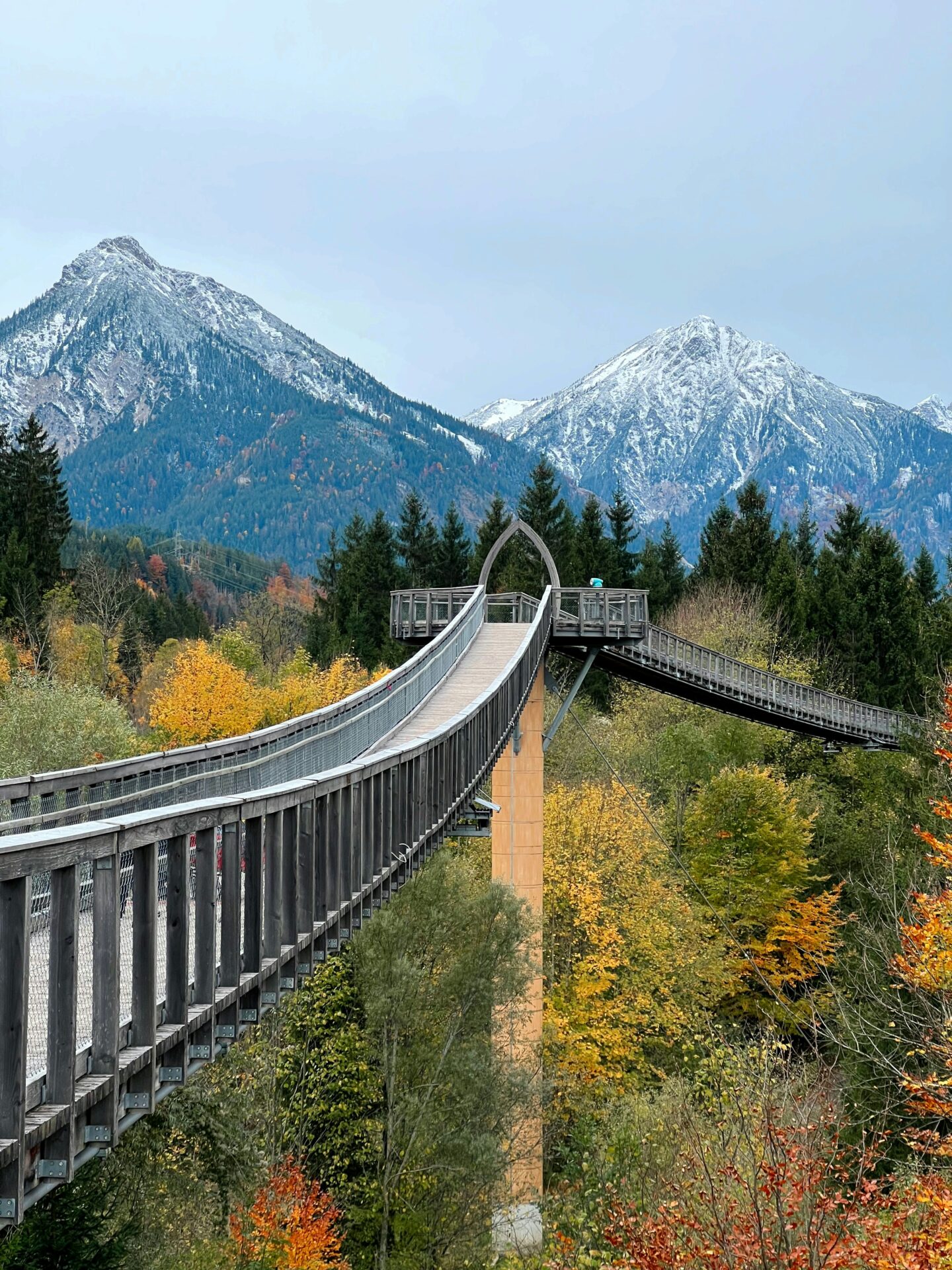
Day Trips, Shoulder Seasons, and Summer Crowds
Visiting Neuschwanstein in summer means dealing with crowds. Tours fill up, and the line for Marienbrücke can get long.
I still found peaceful pockets if I went early or stayed late. The area is great for day trips.
I visited Hohenschwangau Castle and checked out the lake towns around Alpsee. If you want fewer people, try late spring or early autumn. You’ll get most of the same green beauty, but with cooler air and more space to breathe.
Here are some tips I picked up:
- Book tickets ahead for castle entry
- Arrive early or go in the evening
- Try less-traveled trails to escape the crowds
Summer is busy, but the mix of outdoor fun, lake days, and those iconic castle views made every step worth it.
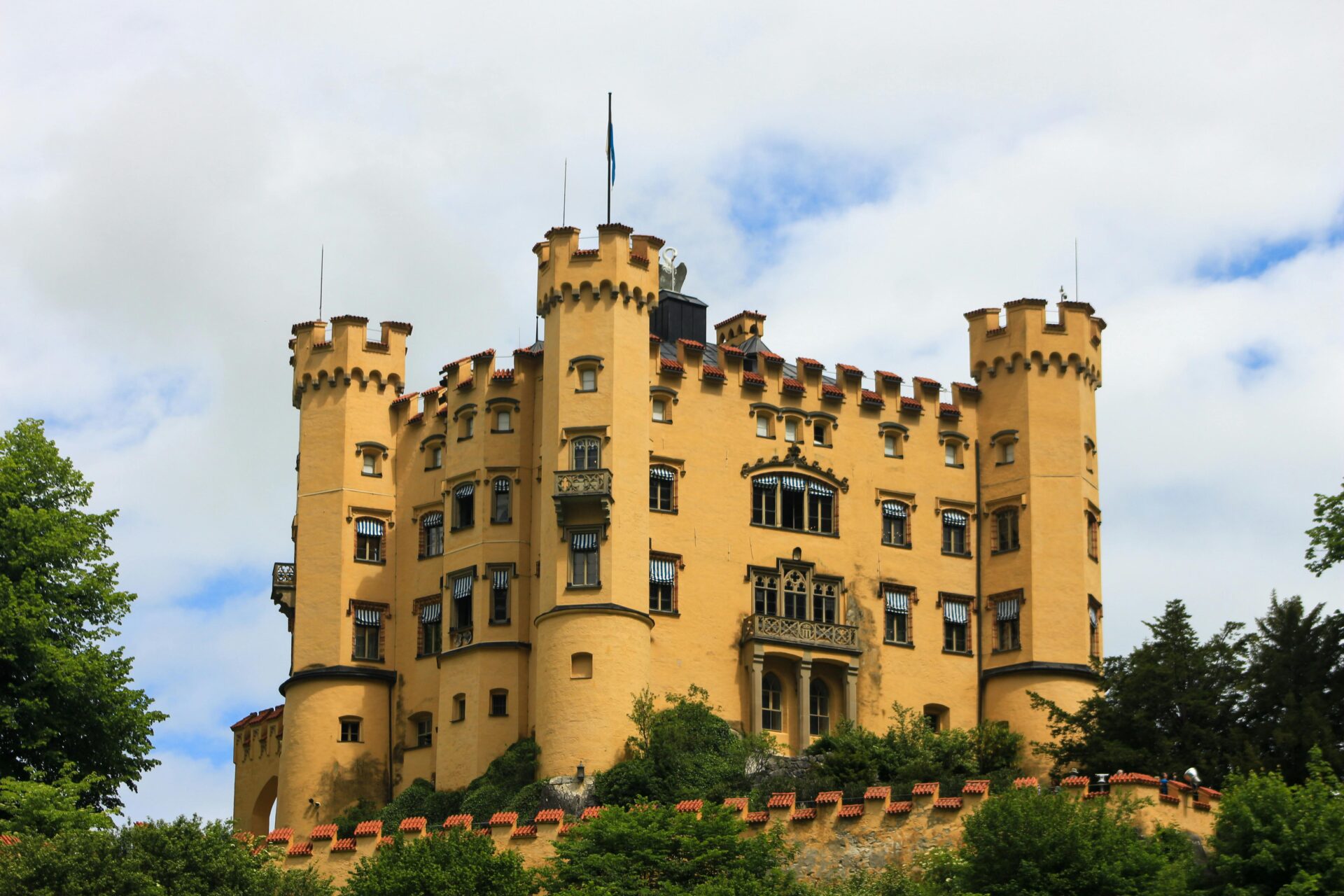
Winter Wonderland: Neuschwanstein Castle Under a Blanket of Snow
Visiting Neuschwanstein Castle in winter brings a kind of beauty you just can’t get any other time. From snow-covered landscapes to Bavarian holiday traditions, winter transforms this famous landmark into something unforgettable.
Snow-Covered Magic and Storybook Scenery
The first time I saw Neuschwanstein Castle framed by snow-dusted mountains and forests, it honestly looked like a fairytale. Snow wraps around the castle, softening the sharp stone lines and making everything feel calm and quiet.
The towers peek above white treetops, with the Alps sparkling in the background. After a fresh snowfall, the best photo spots—especially from Marienbrücke—feel extra magical.
Early mornings or late afternoons, when the sun hangs low, turn the scene into a photographer’s dream. Sometimes a gentle snowstorm makes the whole valley feel untouched and peaceful.
If you’re into photography, winter offers something truly special.
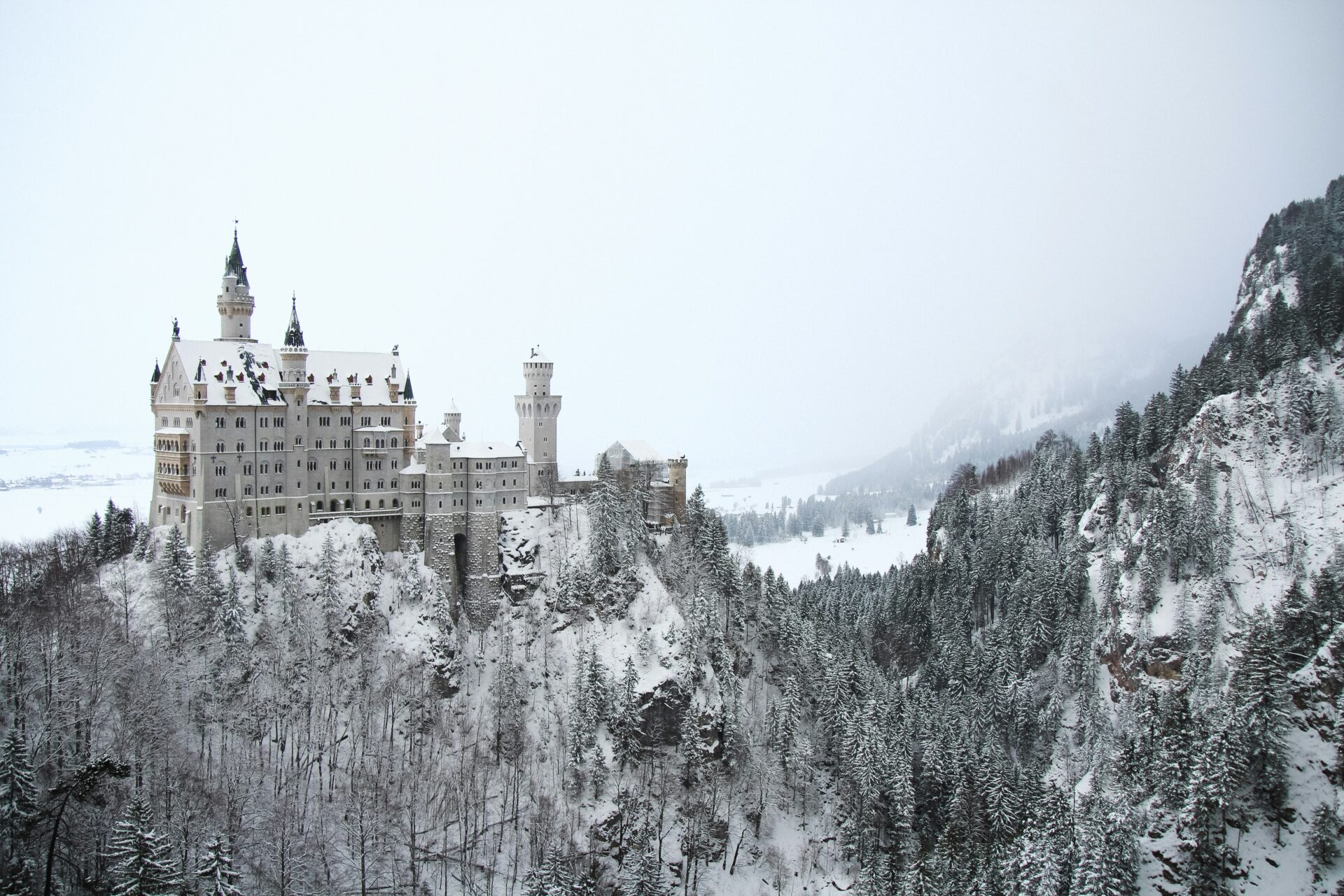
Christmas Markets and Bavarian Traditions
Winter in Bavaria isn’t just about cold—it’s about warmth and celebration. Around December, nearby towns like Füssen and even Garmisch light up with Christmas markets.
I loved wandering the stalls, sipping Glühwein (hot spiced wine), and sampling gingerbread and roasted nuts. Handmade ornaments, candles, and traditional crafts made perfect souvenirs.
Bavarian culture really shines in winter. Locals wear festive clothes and play folk music. The air smells like cinnamon, and every street feels inviting.
Even if the castle itself doesn’t host a market, the nearby villages have plenty of festive experiences to soak up the region’s charm.
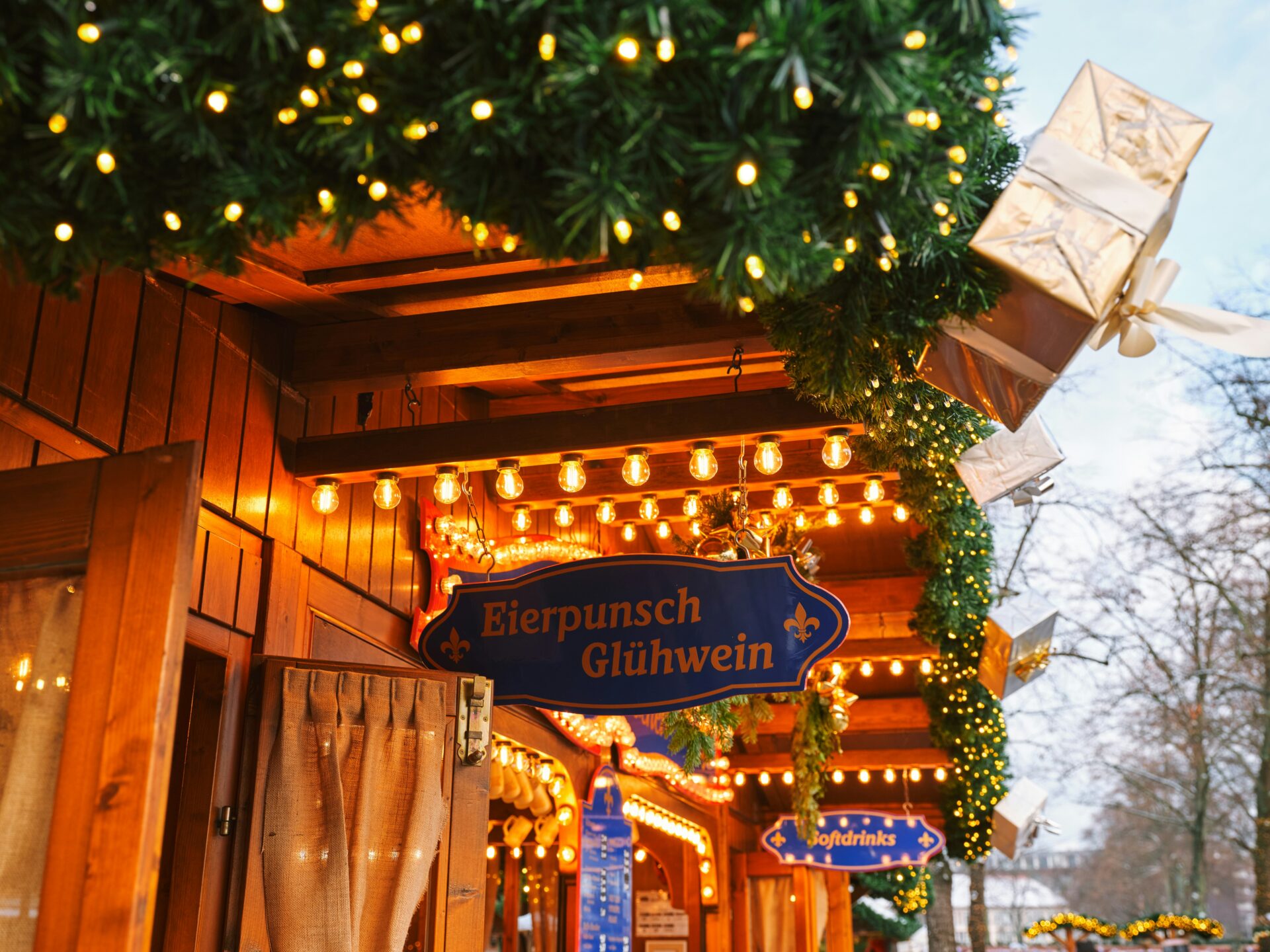
Navigating the Castle in Winter: Tips and Considerations
Getting to Neuschwanstein in winter takes a bit more planning. The shuttle bus from Hohenschwangau usually runs, but it sometimes shuts down if roads get icy after a snowstorm.
If that happens, I hop on the horse-drawn carriage—it’s slower, but honestly, it adds to the magic.
Walking paths can get slippery and cold. I always wear waterproof shoes and lots of layers. Guided tours inside the castle stay open all winter, except on Christmas and New Year’s.
Daylight is short, so I try to book an early tour. That way, I have time to explore and take photos before it gets dark.
Some bridges or lookout areas might close for safety, but the peaceful winter atmosphere makes every challenge worth it.
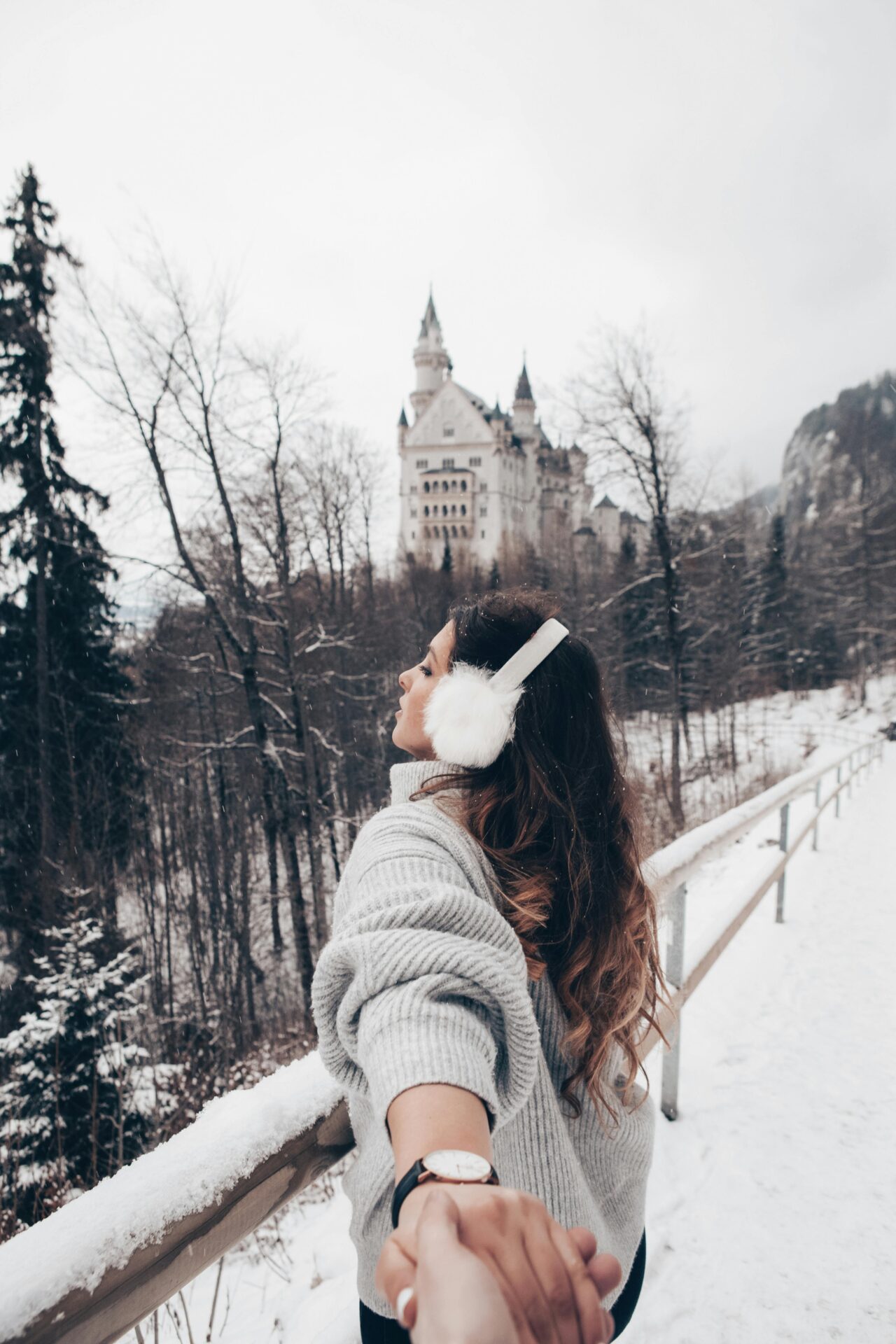
Seasonal Dilemma: Comparing Summer and Winter Experiences
Both summer and winter shape the Neuschwanstein experience in their own way. The season changes everything—crowds, weather, and even how you feel standing before the castle.
Pros and Cons of Each Season
In summer, Neuschwanstein sits among lush forests, green hills, and bright blue skies. The landscape feels alive, and the walking trails are easy to explore.
I love how the warm weather makes outdoor viewpoints more welcoming—perfect for photos.
But there’s a downside: summer is peak tourist season. The crowds can get intense.
Ticket lines grow long, and the area feels busy.
Winter is a total change. The castle turns magical in the snow, like something out of a fairytale. Fewer tourists visit in winter, so it’s quieter and more relaxed.
Snow brings slippery paths and colder weather, but if you dress right, the serene landscape is worth it. Guided tours keep running, but a few outside areas might close.
Quick Glance Table:
| Season | Pros | Cons |
|---|---|---|
| Summer | Warm, green views | Larger crowds |
| Winter | Snowy, peaceful | Cold, slippery |
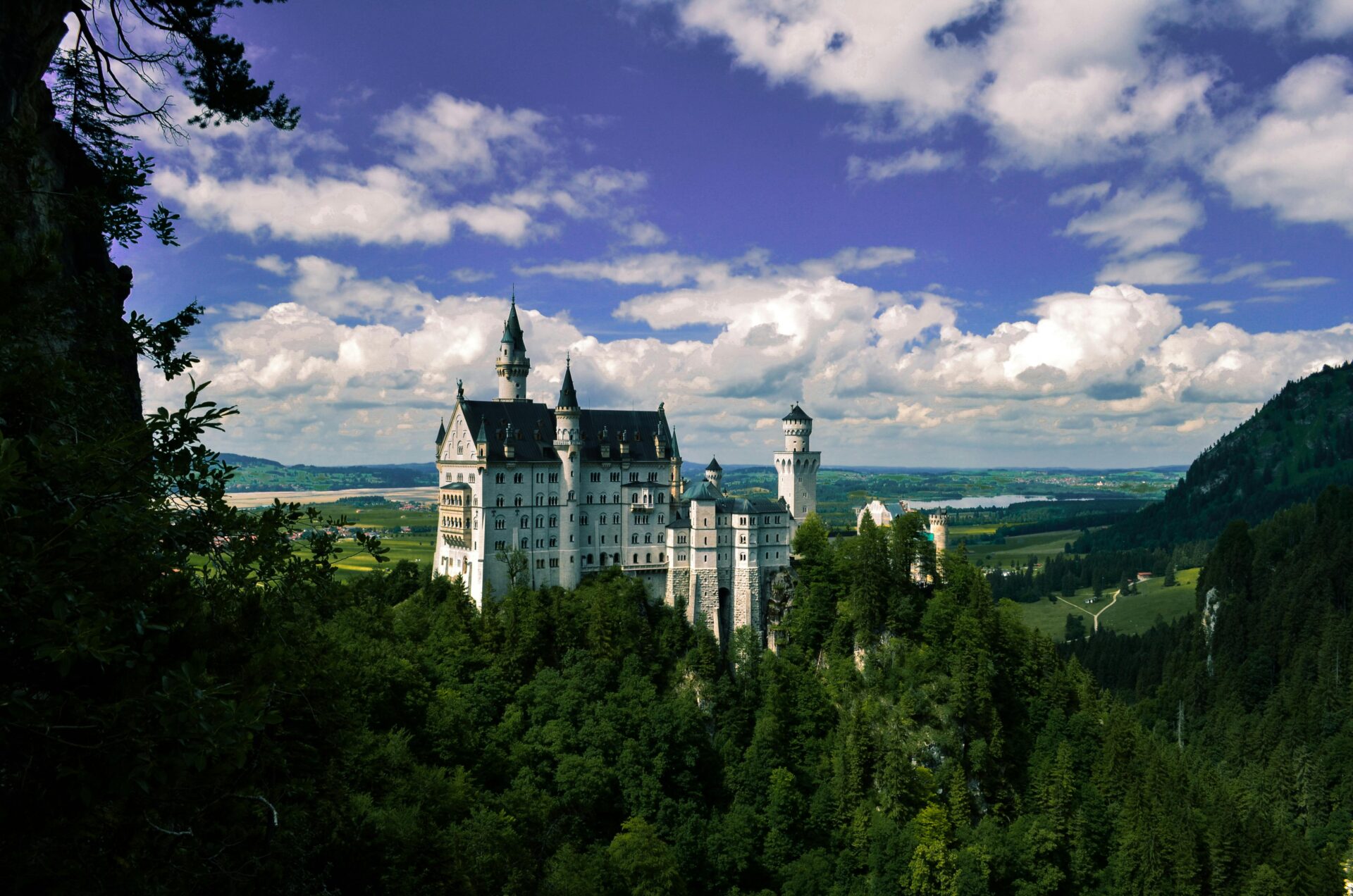
Crowds, Weather, and Accessibility
The busiest months are June, July, and August. I saw tour buses lined up and the courtyard buzzing with visitors from all over.
Getting a ticket last-minute can be tough, especially for guided tours that fill up fast.
In winter, everything feels more peaceful. Fewer tourists mean you can linger on Marienbrücke and enjoy quiet moments.
However, some shuttles might not run, and the walk up can get icy. If you’re visiting in the off season, check ahead for closures, especially after heavy snow.
Here’s what to expect:
- Summer: Easier access, but more crowds and longer waits.
- Winter: Fewer people, but sometimes limited transport or closed viewpoints.
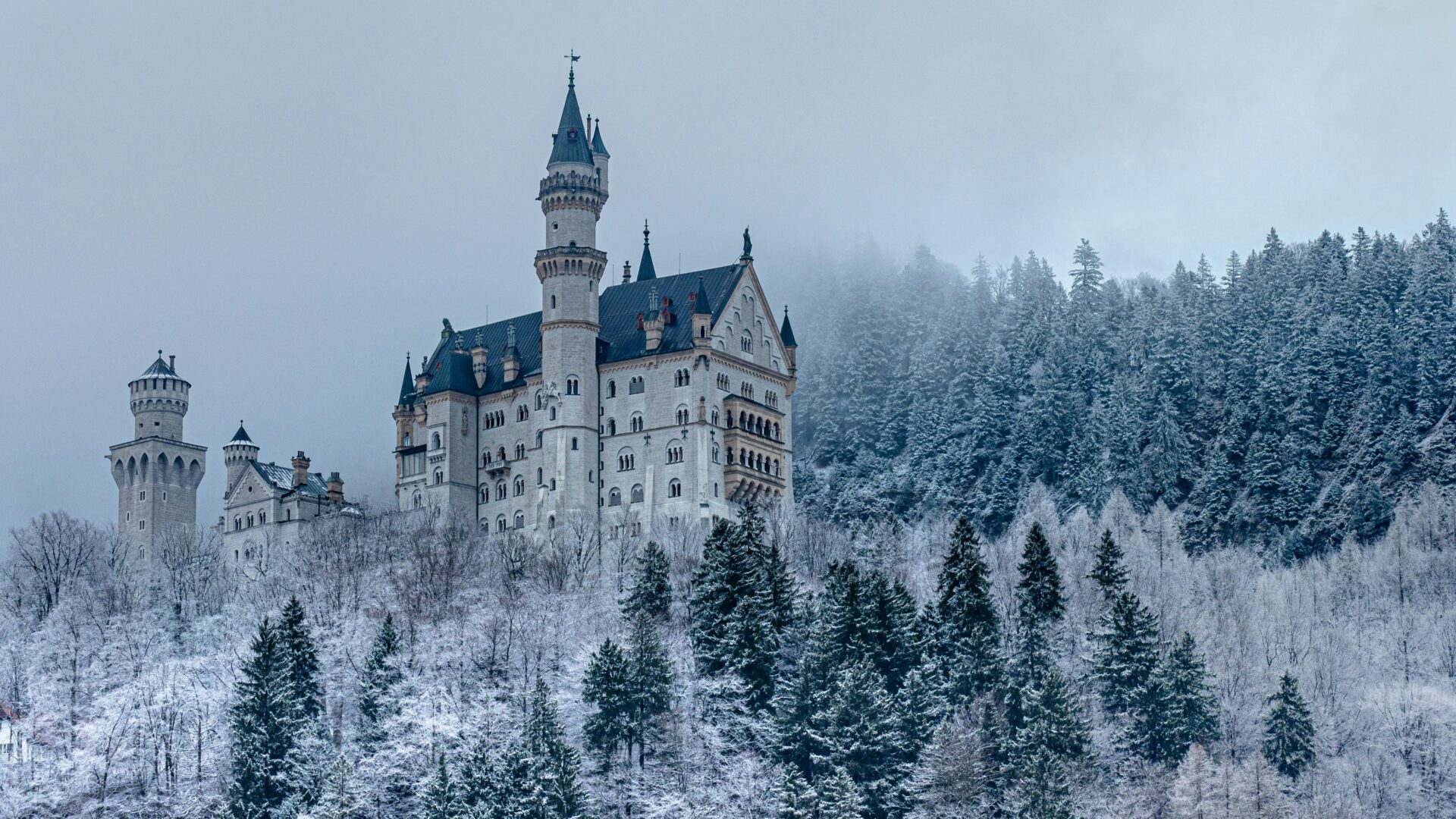
Personal Reflections and Unforgettable Moments
My favorite summer memory at Neuschwanstein is standing on Marienbrücke, sun on my face, looking out over green valleys. The energy from the crowds felt contagious.
On my winter visit, everything seemed quieter—even the castle tour. Snowflakes fell as I walked up the path, making the castle feel dreamy and a bit isolated.
I found moments of solitude along snowy trails, which made the visit feel more personal. The photos I took in winter ended up being some of my favorites.
Some experiences just shine brighter in one season. If you like lively attractions and social energy, summer is probably your season for Neuschwanstein Castle.
If you want peaceful scenes and magical winter views, a winter trip might stick with you longer. Both have their special moments—it just depends on what you’re after.
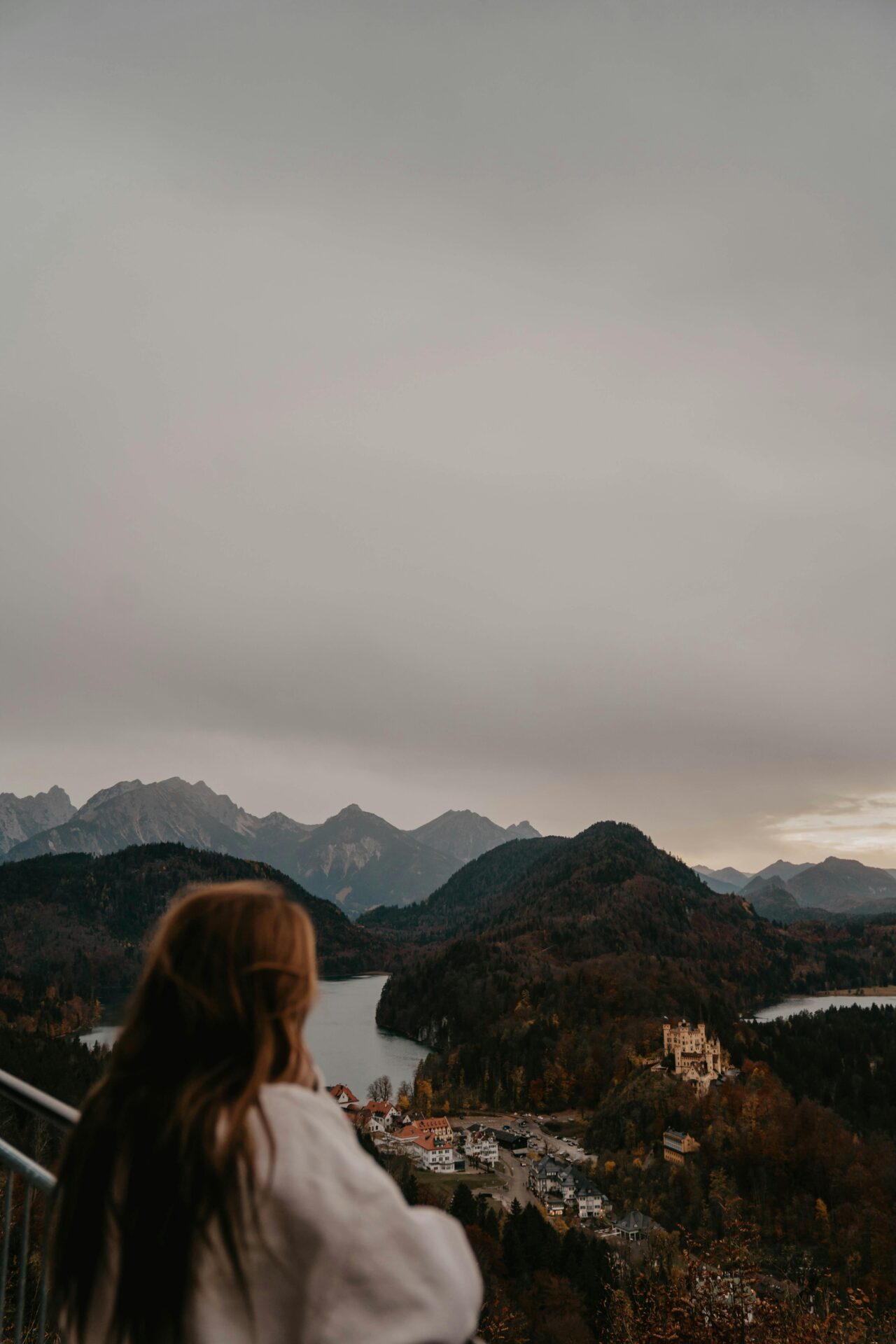
Beyond the Seasons: Year-Round Charms and Hidden Gems
Some of my best Neuschwanstein memories don’t belong to any one season. Natural beauty lights up here in spring and autumn too.
Charming trails and lakes invite exploring, and the region’s food and traditions always promise a true taste of Bavaria.
Spring Blooms and Autumn Colors
Visiting Neuschwanstein Castle in spring? Honestly, it feels like stepping into a fairytale that’s finally waking up. Meadows below the castle explode with wildflowers, and trees stretch out with soft, new leaves.
The air stays cool and fresh, so hiking up from Hohenschwangau village doesn’t leave you sweating buckets. I loved seeing the Alpsee shimmer in the morning, dotted with rowing boats and framed by all those bright blooms.
Autumn, though, totally transforms the hills with reds, oranges, and yellows you almost can’t believe are real. Trails to Marienbrücke and the castle’s viewpoints usually have fewer people around.
Crisp air mixes with the scent of fallen leaves, and suddenly it’s the perfect spot for quiet reflection or even a lazy picnic with a killer view. There’s a calmness that’s hard to find during the peak months.
Quick Tips:
- Spring: Best for blooming landscapes and smaller crowds.
- Autumn: Cooler temps, wild foliage, and peace for photos or walks.
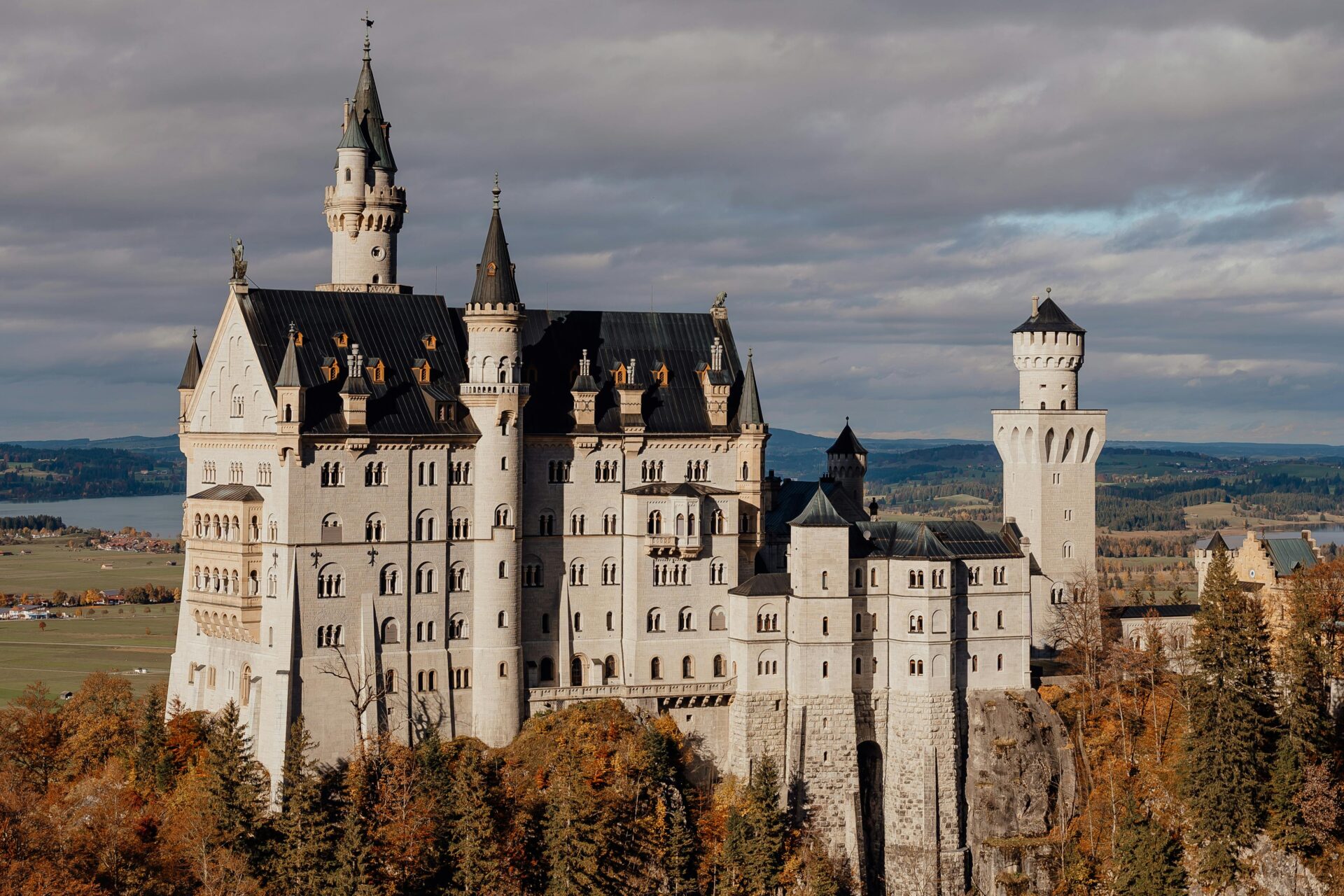
Nearby Attractions and Day Trips
Neuschwanstein’s great, but the area’s packed with other gems too. Linderhof Palace is my top pick for a day trip.
It’s smaller than Neuschwanstein and has these ornate rooms and lush gardens, all inspired by Versailles. The drive there? Winding through forests and old Bavarian villages. If you love scenery as much as palaces, you’ll probably love it.
I always carve out time to stroll around Alpsee, just minutes from the castle. On clear days, the lake reflects mountains and castles—pretty much postcard material.
Renting a boat or grabbing ice cream on the shore? That’s become one of my favorite ways to spend an afternoon.
Nearby:
- Hohenschwangau Castle: Right next door, packed with royal Bavarian history.
- Füssen: A medieval town with cobblestone streets, fun for exploring after castle tours.
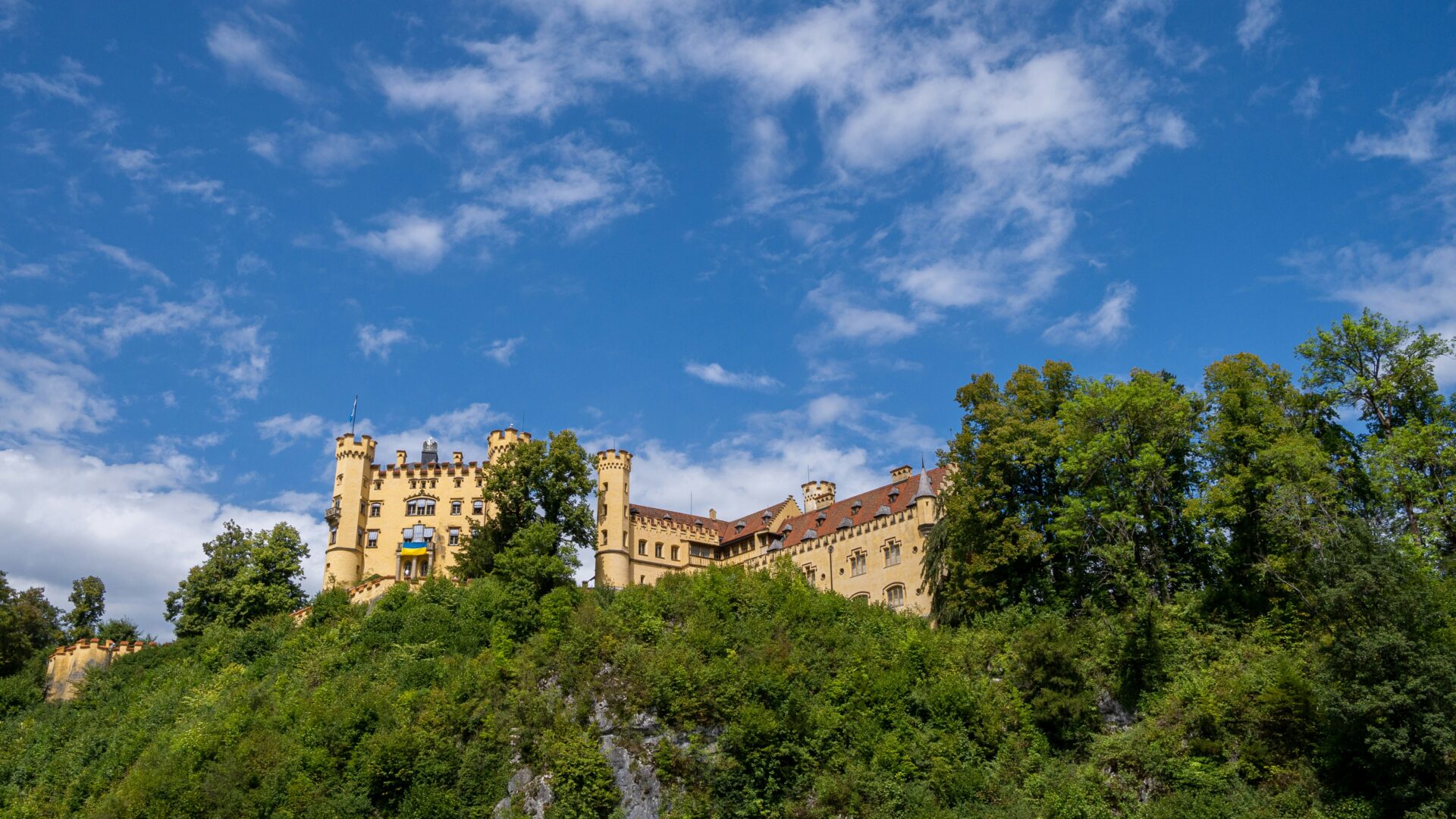
Authentic Bavarian Food and Culture
The local food scene honestly makes every visit feel unique.
After a long hike, I usually plop down at a rustic Gasthof and order käsespätzle—those cheesy noodles are just too good—or I’ll grab a freshly baked pretzel if I’m in a hurry.
You can smell roasting meats and baking bread wafting through the village streets, especially when autumn festivals roll around.
Bavarian culture pops up everywhere, whether it’s people in traditional dress or musicians jamming out folk tunes in the evenings.
Sometimes I wander into markets with handmade crafts, or I’ll stumble upon a local celebration that fills the square with laughter and polka music.
If you’re even a little curious about daily life, just join a table at a beer garden.
It’s an easy way to meet locals and sip a cold Maß of Bavarian beer—honestly, what more could you want?
Table: Foods to Try Near Neuschwanstein
| Dish | Description |
|---|---|
| Käsespätzle | Bavarian Cheese Noodles |
| Schweinshaxe | Roast Pork Knuckle |
| Brezn | Large Soft Pretzels |
| Apfelstrudel | Warm Apple Pastry |
I’ve tasted these dishes and swapped stories with villagers, and I think that’s really how you start to get what Bavaria’s all about.

